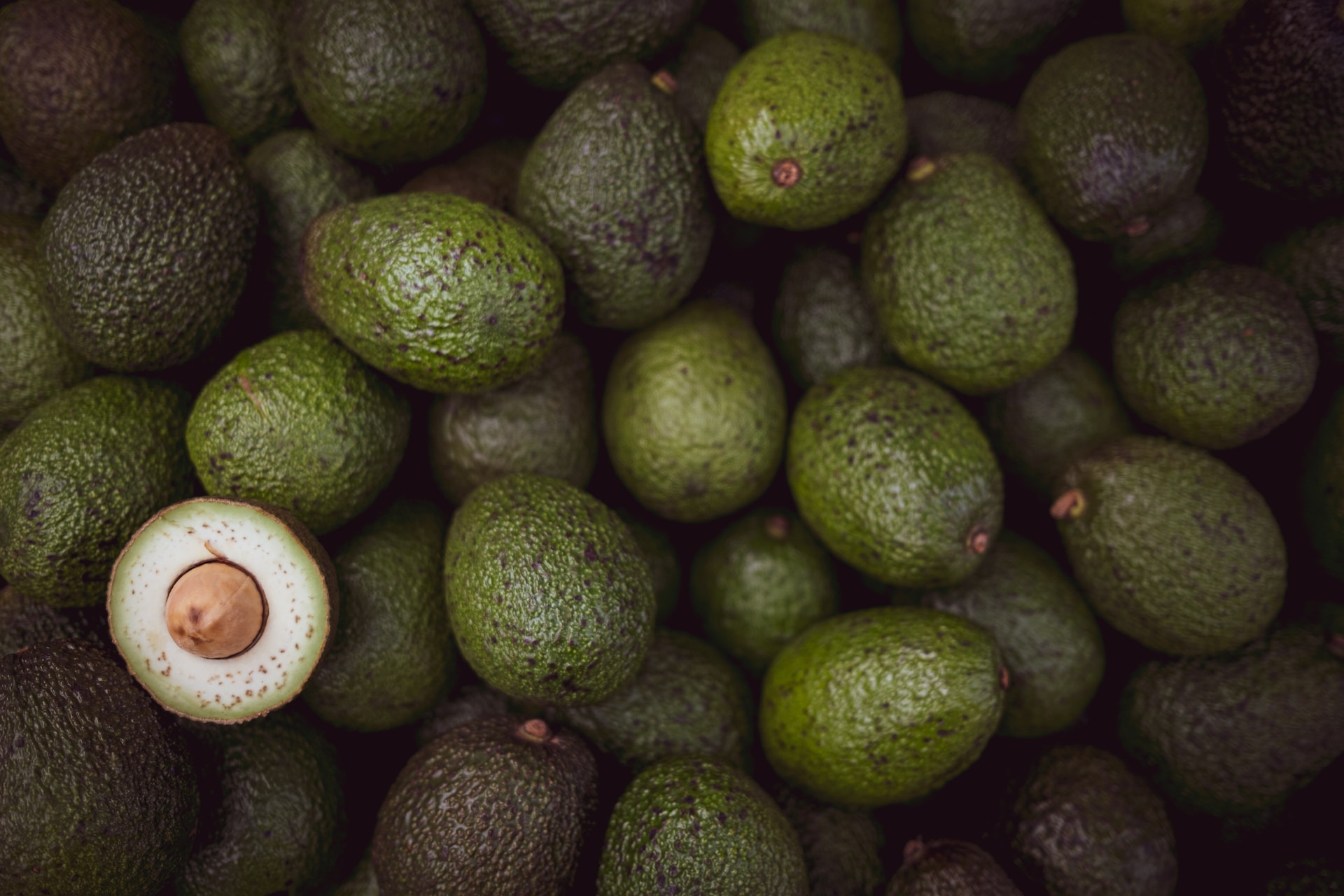Newsletter 150 – 05.18.2023
The avocado market always brings surprises. It is common for each season to evolve differently than expected. In addition, within the same season, favorable weeks alternate rapidly with other forgettable ones. To all this, the changes can be quite sudden.
After successful years, in which consumption exploded; the last two campaigns hit this fruit hard. This was due to the fact that the supply continued to grow, while the demand fell, as a result of the economic crisis. There was a huge oversupply that found no outlet, prices plummeted and avocados deteriorated. The situation was especially difficult during the last summer. The European market was flooded with southern avocados, which ended up being sold at any price, leaving the business in the red. In order to not aggravate this situation, southern suppliers such as Peru, South Africa and Kenya have stopped sending avocados to Europe. Thanks to this drastic measure, the market has managed to recover.
As usual after a bad experience, operators are approaching the new season with great caution. Peru, South Africa and Kenya forecast an ample harvest, surpassing the volumes of previous years. Peru expects to exceed 600,000 tons exported for the first time. The European market is the main destination for these three origins. Chances in other markets are slim, especially this year, when Mexico forecast higher shipments to the US. For this reason, they feared a new tsunami of Peruvian avocados, deterioration in the market, a drop in prices, etc. But in the first weeks this did not happen. The market evolved positively thanks to:
- The Mediterranean season ended earlier and with lower volumes than in other years.
- The Peruvian season started earlier than other years, but a cyclone at the end of March interrupted the harvest and complicated the transfer. Shipments were delayed 1-2 weeks.
- For this reason, during March and part of April the market was quite clear, and there was even a lack of fruit for the Easter ads.
- Once the inconvenience of the cyclone had recovered, large shipments were expected, as had been forecast.
- South Africa, after the experience of previous years, decided to anticipate its season as much as possible, in order to separate to the peak of the Peruvian one. Therefore, it started early and registered its peak of arrivals at the end of April. At this time it is already gradually reducing its exports.
- Supermarkets, anticipating the large volume that was going to enter, programmed multiple promotions with very attractive prices. In Germany, the big discounters, such as Aldi or Penny, returned with their ads at €0.79-0.99/unit. Sales were indeed enhanced.
- The consumer is responding better than expected. Customers are waiting for the promotions to enjoy the avocado again, to whose consumption they had become accustomed, and had to limit it for economic reasons. Therefore, when they see an offer, they react immediately and buy, compensating for the weeks of lower consumption.
- In recent weeks, a slight recovery in purchases of more expensive fruit has been observed in Europe. The shock of inflation and falling purchasing power has passed. They have become accustomed to these circumstances. On the other hand, people desire to buy something special from time to time, as a treat.
But the idyll ended. Finally, during the last days, the feared large Peruvian volumes arrived. Peru reached its peak of arrivals, surpassing the previous year's record. The market is once again facing an invasion of avocados and it is not known if all the measures were enough to avoid a disaster. The retail chains will absorb a significant percentage of large to medium sizes, to comply with their programs. They will launch multiple ads at attractive prices. The advance of spring is also expected to encourage consumption. But despite these measures, prices began to fall. The question is how much prices could fall and if it can be avoided to reachthe very low levels of 2022. The biggest problem lies in the large volume of small avocados. It was possible to negotiate some prepack ads. But this is totally insufficient given the high supply. Therefore, stocks grow and prices decrease more and more. In the case of the smallest sizes, the collapse of prices was already such that they reached the low levels of 2022. In the short term there will be no relief, since more very large shipments are expected for 2-3 weeks.
The great challenge arises: finding which other mechanisms can be applied to avoid these fluctuations and to be able to program a better fit between supply and demand. A more stable market would benefit all participants.







